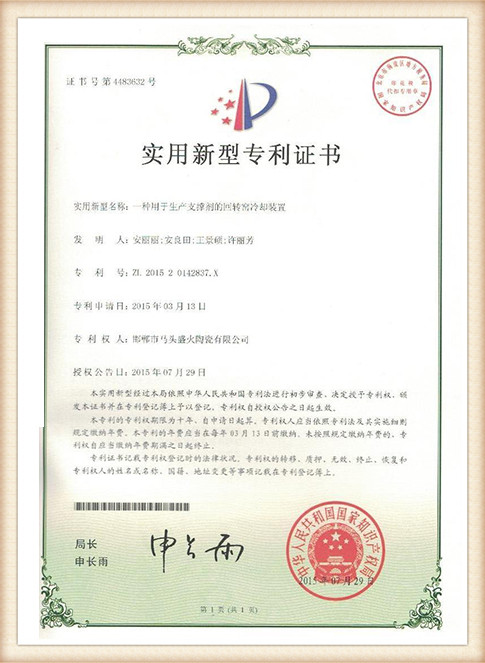Hard Sand Casting An Overview
Hard sand casting, also known as sand casting, is one of the oldest and most commonly used methods of metal casting. This versatile process allows for the manufacturing of intricate shapes and large components, making it an essential technique in various industries, including automotive, aerospace, and machinery. In this article, we will explore the fundamentals of hard sand casting, its advantages, applications, and the challenges it faces.
What is Hard Sand Casting?
Hard sand casting involves the creation of a mold from a mixture of sand, clay, and water. This blend is packed tightly around a pattern (a model of the desired part) to form a mold cavity. The pattern is usually made from metal or plastic, and once the mold is formed, the pattern is removed, leaving behind a hollow impression that corresponds to the shape of the final product. Molten metal is then poured into the mold, where it cools and solidifies to form the desired casting.
The Process
The hard sand casting process is typically broken down into several key stages
1. Pattern Making A pattern of the desired component is created with precision. It can be made from various materials, including wood, metal, or plastic, depending on the complexity and size of the part.
2. Mold Preparation The sand mixture is packed around the pattern in a mold box. The choice of sand is critical; most commonly, silica sand is used due to its favorable thermal properties and ability to withstand high temperatures.
4. Melting and Pouring The metal is melted in a furnace and then poured into the prepared mold, filling the cavity.
5. Cooling and Removal After the molten metal cools and solidifies, the mold is broken away to reveal the casting. This is often followed by cleaning the casting to remove any residual sand.
hard sand casting

6. Finishing The final steps involve machining, surface treatment, or additional processes to ensure the casting meets the required specifications.
Advantages of Hard Sand Casting
One of the most significant benefits of hard sand casting is its cost-effectiveness. The materials used in sand casting, particularly sand, are relatively inexpensive, making it an economical choice for producing a wide variety of parts. Additionally, this method allows for the production of complex designs and large components that would be difficult or impossible to achieve with other manufacturing processes.
Another advantage is the flexibility in the choice of metals. Hard sand casting can accommodate various alloys, including aluminum, iron, and steel, making it suitable for numerous applications. Moreover, the process can be adapted to produce both small batches and large production runs, making it versatile for different manufacturing requirements.
Applications
Hard sand casting is widely used across many sectors. In the automotive industry, it is employed to manufacture engine blocks, transmission cases, and other critical components. The aerospace sector utilizes sand casting for producing intricate parts that require high precision and strength. Additionally, machinery, tools, and architectural components often utilize this method due to its ability to create durable and precise parts.
Challenges
Despite its advantages, hard sand casting does face some challenges. One primary concern is the surface finish; cast parts often require additional finishing processes to meet aesthetic or functional criteria. There’s also the potential for defects, such as porosity or inclusions, which can affect the integrity of the final product.
Furthermore, environmentally friendly practices in sand reclamation and disposal of used sand are becoming a priority. The industry is continuously seeking ways to reduce waste and enhance sustainability.
Conclusion
Hard sand casting remains a fundamental technique in modern manufacturing, appreciated for its cost-effectiveness and versatility. As industries evolve, so too will the methods and materials used in sand casting, ensuring it remains a vital part of the manufacturing landscape for years to come.
Post time:Лис . 17, 2024 10:55
Next:sand casting ideas
